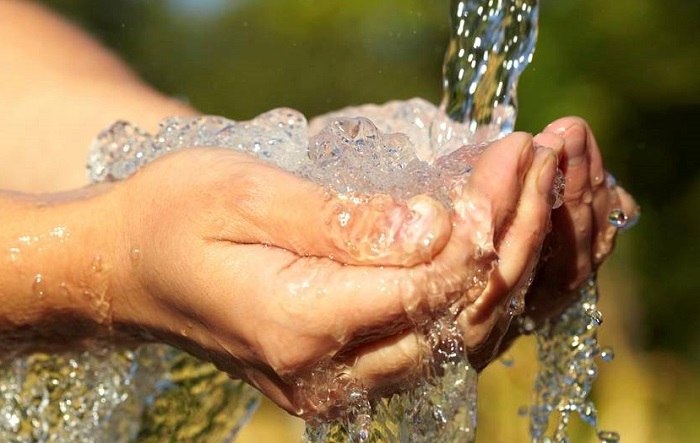Domestic water quality in Finland is good: study
Published : 18 Jan 2024, 23:20
The quality of domestic water is generally good in Finland, according a recent study jointly conducted by the Finnish Institute for Health and Welfare (THL) and the University of Eastern Finland.
In the study, small amounts of genetic material from bacteria such as bacteria of the legionella genus were detected in domestic water.
However, hardly any pathogenic bacteria were detected. The genetic material of bacteria alone does not pose any risk, said THL in a press release on Thursday.
The bacterial species, the diversity of the species and the bacterial genera containing pathogenic species were different in the waters of the different cities depending on the disinfection method used for domestic water, other treatments and the raw water used for the production of water.
“All in all, the water examined was of a good quality and the detected bacteria do not cause any harm to the quality of domestic hot and cold water or to human health. It is not possible to completely get rid of bacteria or pathogens in domestic water even by disinfecting it or by using only clean ground water as raw water. Furthermore, the bacteriological quality of the water also changes within the water supply network when the water gets further away from the water utility, and in the pipe networks of properties,” said Visiting Researcher Sallamaari Siponen.
It was also detected that the bacteria in domestic cold and hot water were different. The amount of the genetic material of several bacteria was lower in hot water than in cold water. This may be because the temperatures of the hot water examined were mainly over 50°C. The high temperature of hot water is aimed specifically at reducing the growth of bacteria.
The quality of both the disinfected and non-disinfected domestic waters was examined in the study. Water is generally disinfected using different chlorine compounds and ultraviolet radiation.
Non-disinfected waters have been studied less across the world, even though many countries, Finland included, do not always disinfect domestic water produced from groundwater.
The diversity of bacterial species was lower in networks supplying disinfected water than in non-disinfected water. However, the proportion of bacteria affecting the circulation of nitrogen was significant in water disinfected with chloramine. These bacteria do not cause diseases but may reduce the chemical quality of the water in the water supply network. Chloramine disinfection is commonly used in large water supply networks because it retains its disinfection ability in the water in the pipe network for a long time.
Although hardly any pathogens were detected, it is important to look after the quality of the water supply networks and the temperature of domestic cold and hot water in the pipe networks of buildings.
The temperature of cold water should be maintained below 20°C and the temperature of hot water above 55°C throughout the system.
In spite of the good quality of the water examined, bacteria may become more abundant in water, and a large number of bacteria may then pose a health risk.
“It is important to maintain the quality of the water in the water supply networks leading into buildings and in the pipe networks inside buildings. In addition to the temperature, leaving water stagnant in pipes affects the quality of the water. For example, if you return home from a trip and the water has been stagnant in the pipes for a long time, it is a good idea to let the water run for some time before using it,” said Chief Specialist Tarja Pitkänen.
Based on the studies so far conducted on bacterial communities, it is not possible to say exactly what proportion of harmful bacteria is likely to cause problems in the quality of water.
“Bacteria function in a very complicated ecological environment where their functioning is affected by other bacteria and environmental factors. The links between the composition of a bacterial community and problems in the quality of water should be examined in further studies,” said Siponen.
The project Microbiome Dynamics in Drinking Water Distribution System (DWDSOME) studied the communities formed by bacteria and other microbes and the factors affecting them in Finland’s domestic water supply networks. The bacteria were examined using deep sequencing methods based on the genetic data of bacteria from samples of domestic cold water, domestic hot water and the inner surface of pipes, collected at different distances in the networks.


